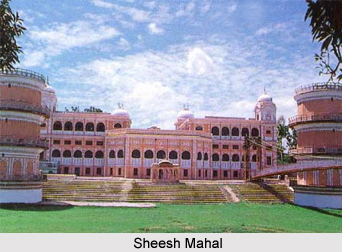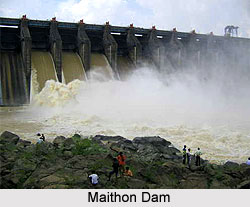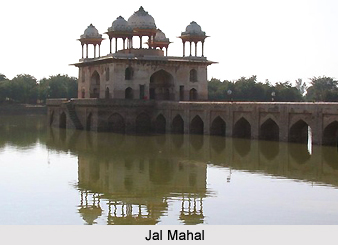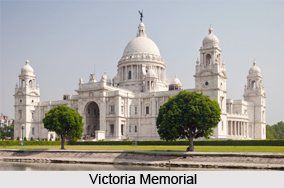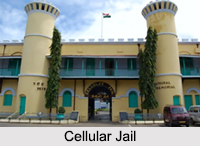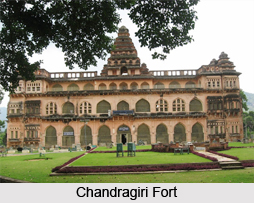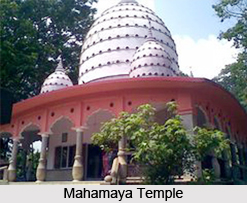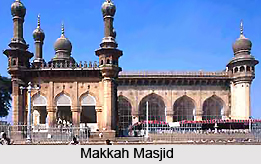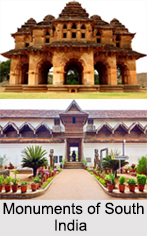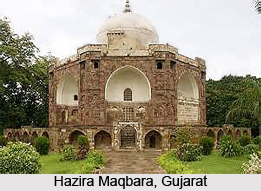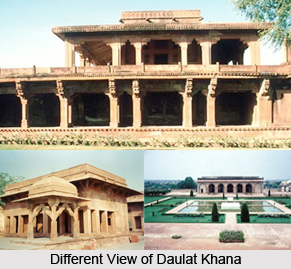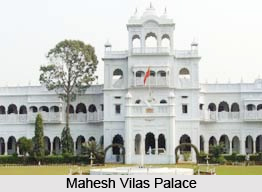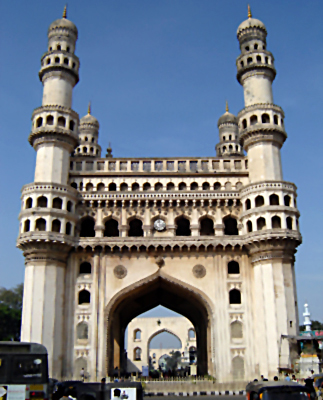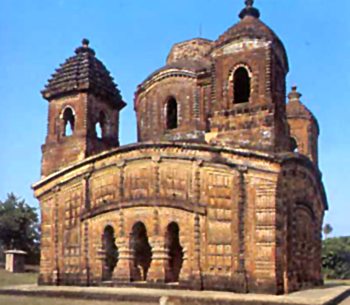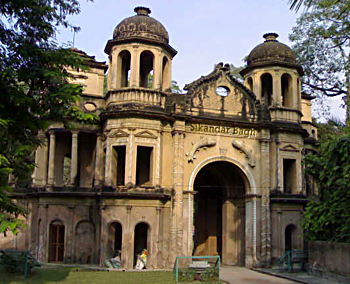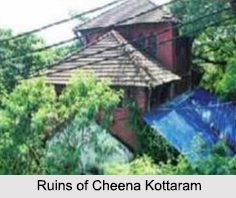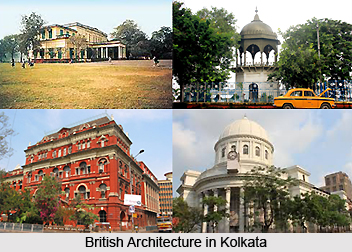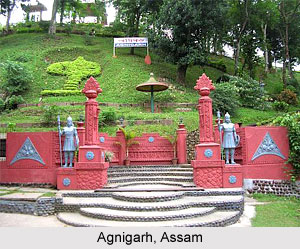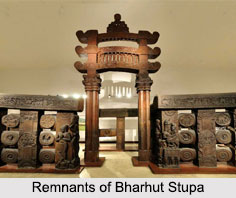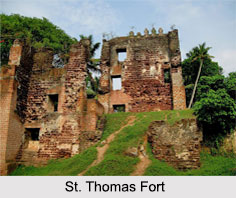 St. Thomas Fort, also known as "Thangassery Fort", is a ruined fort located in the beach town of Thangassery on the shores of the Arabian Sea in the city of Kollam, Kerala. The fort was built by the Portuguese under Alfonso de Albuquerque in the 16th Century. St. Thomas Fort was about 20 feet tall. The building was declared a monument of national importance under the Archaeological Survey of India Act 1958 and is under the administration of the ASI, Thrissur Circle.
St. Thomas Fort, also known as "Thangassery Fort", is a ruined fort located in the beach town of Thangassery on the shores of the Arabian Sea in the city of Kollam, Kerala. The fort was built by the Portuguese under Alfonso de Albuquerque in the 16th Century. St. Thomas Fort was about 20 feet tall. The building was declared a monument of national importance under the Archaeological Survey of India Act 1958 and is under the administration of the ASI, Thrissur Circle.
History of St. Thomas Fort
St. Thomas Fort has a history dating back to the 16th century when the region was under the control of the Portuguese. According to historians, the Portuguese initially approached the Rani of Quilon in 1517 to construct a factory at Thangassery for trade purposes, which was granted. However, it is believed that the locals subsequently burned down the factory. Although the Portuguese were given permission to rebuild the factory, they decided to build a fort instead. In 1519, St. Thomas Fort was built by the Portuguese under Alfonso de Albuquerque for the protection of the newly developed trade. Later in 1661 the town and the fort were handed over to the Dutch who made it the capital of Dutch Malabar. The Dutch occupied the fort for several years. In 1795, the British East India Company took possession of the fort. In 1823 Fort St. Thomas accepted a lease by Travancore from the British Government for a period of 20 years.
Restoration of St. Thomas Fort
Today, the remnants of the St. Thomas Fort remain facing the beach. The Government of India has taken over the fort and it is being considered a historical landmark. Restoration of the fort is ongoing.
This article is a stub. You can enrich by adding more information to it. Send your Write Up to content@indianetzone.com.
